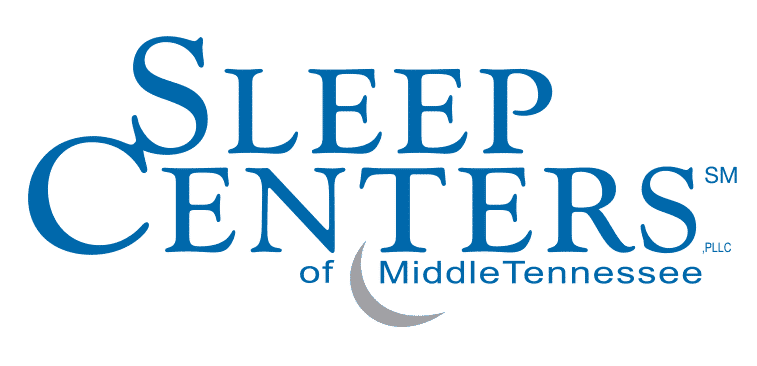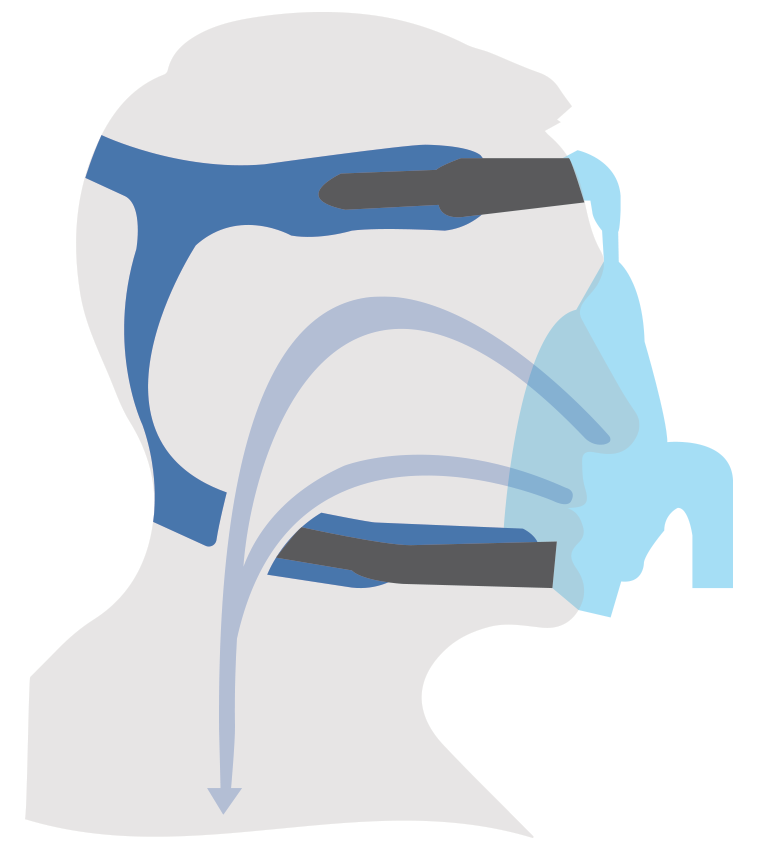CPAP Treatment for Sleep Apnea
CPAP is the most common type of treatment for sleep apnea patients. It has proven to be the most effective method to treat Obstructive Sleep Apnea (OSA). However, it is not the only type of therapy available and often gets confused with other kinds of PAP.
In this post, we are going to share what you need to know about CPAP, what it is, how it works, what its benefits are, cleaning recommendations, and more.
What are PAP and CPAP?
PAP stands for Positive Airway Pressure; PAP is used as a general term for different therapies that treat sleep apnea and support people that are ill with respiratory failure, including newborn infants.
One of the first PAP machines was invented in 1936; it was called: “pulmonary plus pressure machine,” and it was used to treat patients with cardiac and bronchial asthma. 43 years later, in 1979, a PAP machine was tested by Dr. Sullivan to treat obstructive sleep apnea. From there and after many experiments in 1981, Dr. Sullivan invented the first CPAP machine.
After many upgrades and the development of new technologies, CPAP continues to be an effective treatment for OSA patients.
CPAP is a type of PAP therapy, and it stands for Continuous Positive Airway Pressure which describes the way it operates. One of the reasons CPAP is considered the gold standard for OSA is for its ability to stabilize the upper airway with constant positive pressure.
How Does CPAP Work?
When someone suffers from obstructive sleep apnea, the soft tissue in the throat relaxes along with the muscles, causing the airway to narrow or, in some cases, to get blocked completely. CPAP therapy prevents the blockage or obstruction from occurring, thanks to a steady pressured airflow sent from a machine.
A CPAP machine consists of a motor, tubing, and a mask. The motor is responsible for creating the constant flow of pressured air, and the tube connects to the mask that the patient uses during sleep.
Some CPAP machines also include a humidifier for additional comfort during sleep and to help avoid a dry throat sensation when waking up.
Types of PAP Devices
In addition to the CPAP machine, there are two additional types of PAP devices used to treat sleep apnea; APAP and BiPAP.
APAP Machine
APAP stands for Automatic Positive Airway Pressure. Unlike a CPAP machine where the flow of air is fixed and continuous, APAP machines have two range settings, low and high. With the use of an algorithm, the pressure is adjusted automatically according to the patient’s needs.
BiPAP Machine
BiPAP or BPAP stands for Bilevel Positive Airway Pressure. The BiPAP also has two ranges of settings. However, one is for inhaling only, and the other is for exhaling. BiPAP machines create higher air pressure when the patient breathes in, and lower pressure when breathing out.
Benefits of CPAP Use
Other than preventing blockage during sleep for people that suffer from OSA, CPAP can also help with the following conditions:
- Hypertension
- Snoring
- Diabetes
- Frequent waking
- Cardiovascular disease
- Choking/gasping during sleep
- Arrhythmia
- Memory
- Energy Level
- Obesity
- Depression
- Anxiety
- Mood
- COPD
- Sexual Dysfunction
- GERD
- Asthma
- ADD/ADHD
- PTSD
- Reduced Risk of Stroke
Do You Have These Common Risk Factors Of Sleep Apnea?
Take this quick quiz to see if you have a low, medium or high risk sleep apnea profile. Easy, Fast, Secure.
Side Effects of CPAP Use
Some people might have a hard time getting used to their CPAP machine and may experience some side effects. Side effects may include a dry or stuffy nose, a sore or dry mouth, and skin irritation. Some people may experience a delay in falling asleep, feeling claustrophobic with the use of a mask, or waking up from the noise of the motor when they initially start treatment.
However, most of the side effects are temporary and can be addressed by a respiratory therapist who can help select a different, more suitable mask, or add a humidifier. In rare instances, an update to the CPAP model is needed. After properly adjusting the CPAP machine and its accessories, the majority of patients experience minimal to no side effects.
How to Get a CPAP Machine
A CPAP machine can be purchased from a Durable Medical Equipment (DME) company. The sleep center or home sleep apnea testing company that provides your diagnosis will connect you with an authorized supplier; these devices are classified as a Class II Medical Device and require a prescription. A prescription is mandatory if you want to submit your PAP device to your insurance company.
Sleep Centers of Middle Tennessee is a certified sleep center with an exclusive relationship with an internal DME company, providing a fully integrated program from testing to diagnosis to treatment with CPAP if needed.
Most medical insurance companies will cover the cost of CPAP machines, but coverage varies. If you are a patient of Sleep Centers of Middle Tennessee, we will contact your insurance company and will provide information about your specific coverage.
BECOME A PATIENT AND GET A CPAP THERAPY PRESCRIPTION >
How to Clean a CPAP Machine?
Your CPAP machine should be cleaned regularly to extend its lifespan, ensure optimal functionality, and avoid bacteria and mold exposure.
You can clean your device and equipment manually or use an automated cleaning solution. An automated CPAP cleaning and sanitizing device makes cleaning your equipment even easier. They sanitize and kill 99.9% of germs and bacteria that can build up in your mask, hose, and reservoir. It’s a quick, easy and completely effective solution.
How Often Should I Clean My CPAP Machine?
Ideally, you should perform a light daily clean on your mask and tubing with a cloth and a more thorough cleaning once a week and monthly. Let’s break cleaning down by frequency.
Suggested Daily Cleaning
- Mask or Nose Pillows and Tubing – Wash daily with warm soapy water, rinse, and air dry.
- Humidifier reservoir (if present) – Empty the humidifier tray and let dry. Note: Always use distilled water in the humidifier tray.
Suggested Weekly Cleaning
- Wash headgear with warm soapy water, rinse, and air dry.
- Humidifier Tray (if present) – wash with warm soapy water, rinse, and allow to air dry.
- Wipe down the machine with a damp rag.
Suggested Monthly Cleaning
- Every month remove and discard the disposable filter (approximately every two to 2 ½ weeks you should replace your filter).
Stick with the recommended schedule above to keep your equipment in good shape, and avoid issues that can potentially develop from bacteria and germs.
What to do if a CPAP Machine Breaks Down?
CPAP machines are repairable, but you should always keep your prescription and warranty on hand. This will allow you to save money and time if the unexpected happens. Most CPAP devices should last about five to six years with proper maintenance. You will need to change out the mask/nasal pillows and tubing more frequently.
How Often Should You Replace Your CPAP Equipment?
You will need to change out the mask/nasal pillows and tubing more frequently. Here are the best practices for replacement frequency for CPAP equipment.
When to Replace Nose Pillows
Nose pillows need to be replaced about once a month. Over time they soften and don’t allow for a good seal and a leak may result. The leak may also be noisy and cause difficulty sleeping for you or your bed partner.
When to Replace CPAP Masks
A mask should be replaced every six months, or as necessary.
When to Replace CPAP Headgear
Headgear should be replaced approximately every six months.

